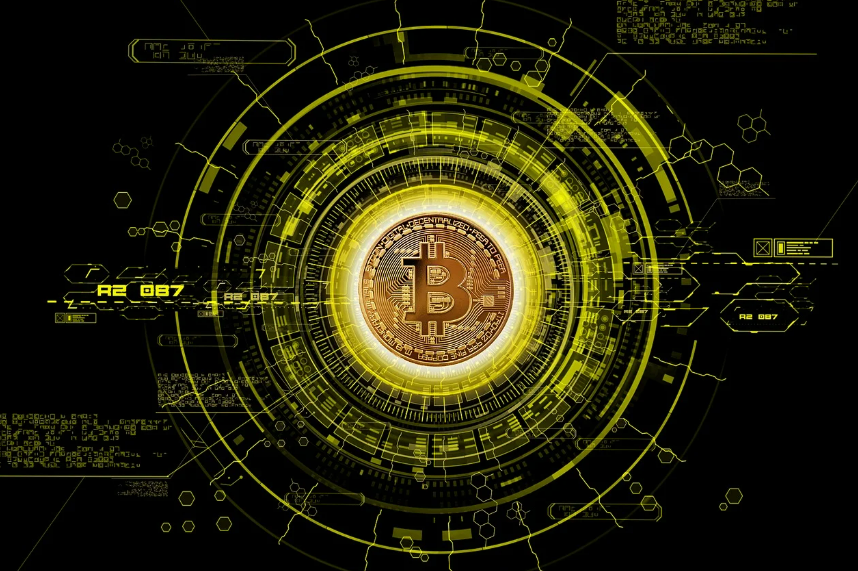100exch, Matchexch9, Laser 247.com: Non-Fungible Tokens (NFTs) have been making waves in the art world, revolutionizing how digital artwork is valued and sold. Artists are now able to tokenize their digital creations, turning them into unique assets that can be bought and sold on blockchain platforms. This has opened up new opportunities for artists to reach a global audience and receive direct payments for their work without the need for traditional intermediaries.
One of the key drivers behind the rise of NFTs in the art world is the concept of provenance and authenticity. By using blockchain technology to verify ownership and track the history of each NFT, buyers can have confidence in the legitimacy of the artwork they are purchasing. This level of transparency and security has attracted collectors and art enthusiasts alike, leading to a surge in interest and investment in NFT art pieces.
Blockchain technology has revolutionized the art market by providing a secure and transparent platform for artists and buyers to engage in transactions. Through blockchain, artists can establish provenance and verify the authenticity of their creations, eliminating the risk of counterfeit art entering the market. This enhanced level of transparency not only ensures the integrity of the art world but also instills trust among collectors and investors.
Moreover, blockchain technology has streamlined the process of art transactions by enabling peer-to-peer sales without the need for intermediaries. This decentralized approach not only reduces costs associated with traditional art sales but also empowers artists to have greater control over their work. By utilizing smart contracts on blockchain platforms, artists can receive immediate payment upon the sale of their artwork, eliminating the need to wait for commission payments from galleries or auction houses.
� Blockchain technology provides a secure and transparent platform for artists and buyers
� Artists can establish provenance and verify authenticity of their creations
� Eliminates risk of counterfeit art entering the market
� Enhanced transparency ensures integrity of the art world and builds trust among collectors
� Streamlines art transactions by enabling peer-to-peer sales without intermediaries
� Reduces costs associated with traditional art sales
� Empowers artists to have greater control over their work
� Utilizes smart contracts for immediate payment upon sale, eliminating wait for commission payments
Exploring the Role of Cryptocurrency in Art Transactions
99 Exchange, Big Exchange ID, Maxwin9: In recent years, the art market has seen a growing acceptance of cryptocurrency as a form of payment for art transactions. This shift towards digital currencies offers artists and collectors increased flexibility and accessibility in buying and selling artworks. With the rise of platforms that facilitate cryptocurrency transactions, art enthusiasts can now engage in cross-border art purchases more seamlessly, transcending the limitations of traditional banking systems.
Cryptocurrency’s decentralized nature and secure blockchain technology have also addressed concerns surrounding the authenticity and provenance of artworks. By recording transaction details on a public ledger, blockchain technology ensures transparency and traceability throughout the art market. This innovation not only safeguards against potential art forgeries and fraud but also provides a new level of trust and credibility in art transactions conducted using cryptocurrency.
What are Non-Fungible Tokens (NFTs) and how are they related to cryptocurrency?
Non-Fungible Tokens (NFTs) are unique digital assets that are stored on a blockchain, making them one-of-a-kind and not interchangeable. NFTs are often bought and sold using cryptocurrency, such as Bitcoin or Ethereum.
How does blockchain technology impact the art market?
Blockchain technology provides a transparent and secure way to record and verify ownership of art pieces. This helps to combat issues like fraud and forgery in the art market, making transactions more trustworthy and efficient.
Can cryptocurrency be used for art transactions other than buying NFTs?
Yes, cryptocurrency can be used for traditional art transactions as well. Some art galleries and auction houses now accept cryptocurrency as a form of payment, providing buyers and sellers with more flexibility and convenience.
Is it safe to use cryptocurrency for art transactions?
While cryptocurrency transactions are generally secure due to the blockchain technology they are based on, it is important to be cautious and do thorough research before making any art purchases with cryptocurrency. It is recommended to use reputable platforms and verify the legitimacy of the artwork and seller.

